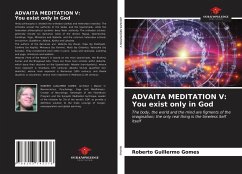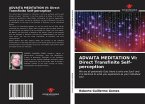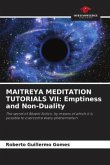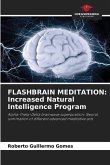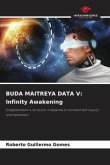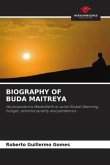Hindu philosophy is divided into orthodox (astika) and heterodox (nastika). The orthodox accept the authority of the Vedas and the Upanishads, while the heterodox philosophical systems deny Vedic authority. The orthodox schools generally include six darsanas (view of the divine): Nyaya, Vaisheshika, Samkhya, Yoga, Mima sa and Vedanta, and the common heterodox schools are Jainism, Buddhism, Ajñana, Ajivika and Lokaiata.The authors of the darsanas are: Vedanta (by Viasa), Yoga (by Patañyali), Sankhia (by Kapilá), Mimansa (by Yaimini), Niaiá (by Gótama), Vaisesika (by Kanada). They complement each other in pairs: nyaya and vaisesika, sa khya and yoga, mima sa and vedanta.Vedanta ("end of the Vedas") is based on the main Upanishads, the Brahma Sutras and the Bhagavad Gita. There are three main schools within Vedanta, which base their doctrine on the Upanishads: Advaita (non-dualistic), whose main exponent is Shankara (7th century); Advaita Visista (qualified non-dualistic), whose main exponent is Ramanuja (10th century); and Dvaita (dualistic or pluralistic), whose main exponent is Madhava (11th century).
Bitte wählen Sie Ihr Anliegen aus.
Rechnungen
Retourenschein anfordern
Bestellstatus
Storno

